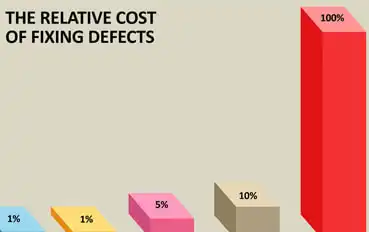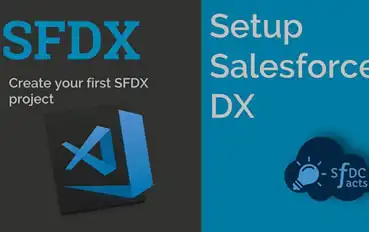Here are 6 ways static code analysis expands the benefits of your Salesforce DevSecOps tools:

RELATED BLOG POSTS
Setting Up and Using CodeScan Effectively
Running CodeScan on your Salesforce Org is a great first step towards quality code, but maintaining that quality is a Read more
Estimating ROI with CodeScan
Every Software Development Professional knows the following fact: the later bugs are found, the more expensive they are to fix. Read more
SFDX Tutorial | Setting Up CodeScan
Salesforce DX is a new focus on source-driven, collaborative development. The Salesforce CLI (Command Line Interface) easily integrates into your Read more
CodeScan and Visual Studio Team Services
Visual Studio Continuous IntegrationVisual Studio Team Services (VSTS) is a quick and powerful tool to set up continuous integration and Read more



 Static code analysis tools are able to provide detailed reports on code quality and even technical debt. Legacy bugs and errors degrade the performance of your system and contribute to data security vulnerabilities.
Static code analysis tools are able to provide detailed reports on code quality and even technical debt. Legacy bugs and errors degrade the performance of your system and contribute to data security vulnerabilities.



